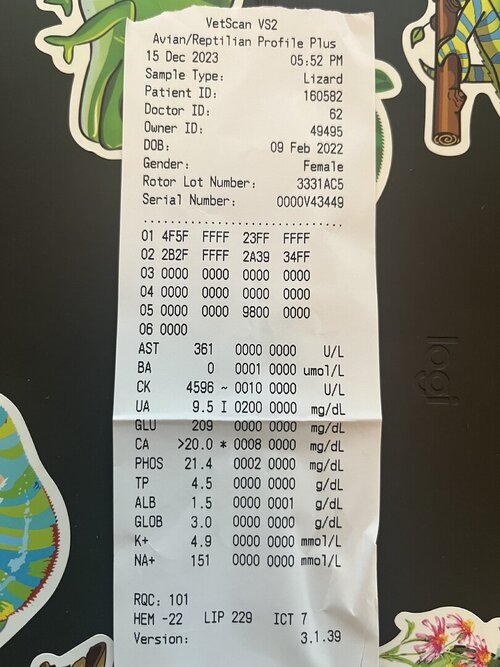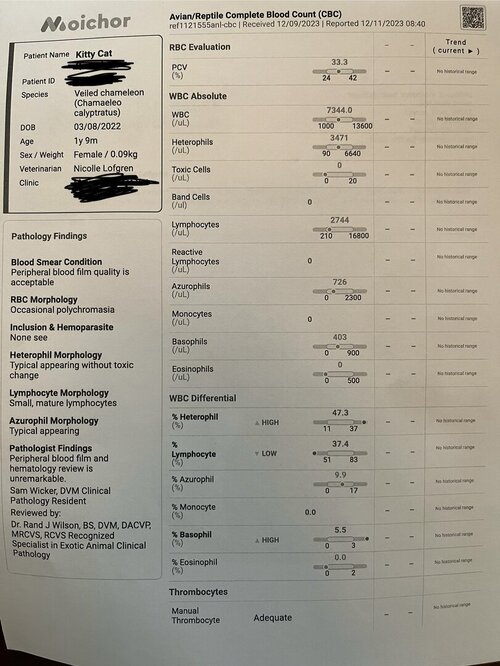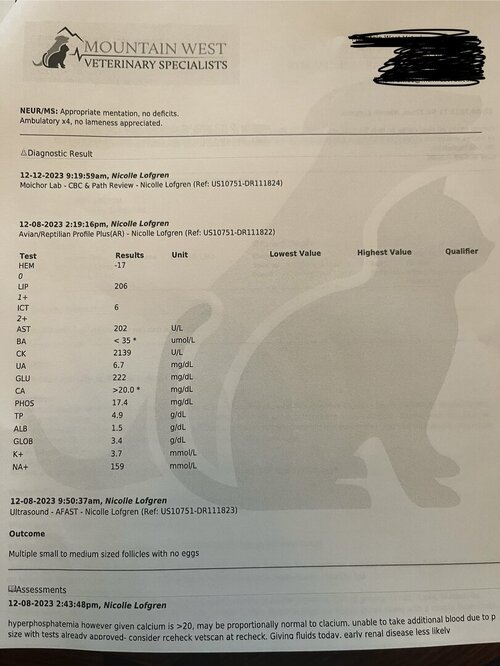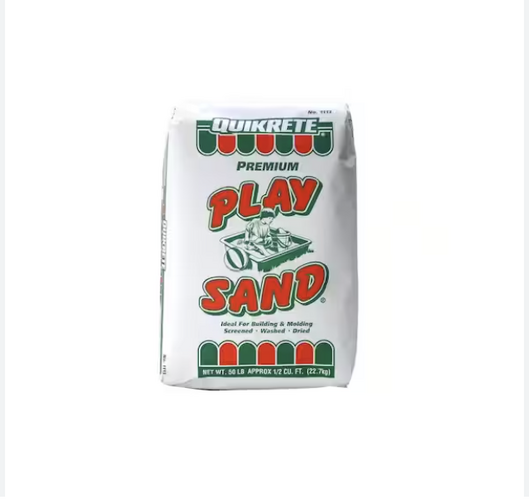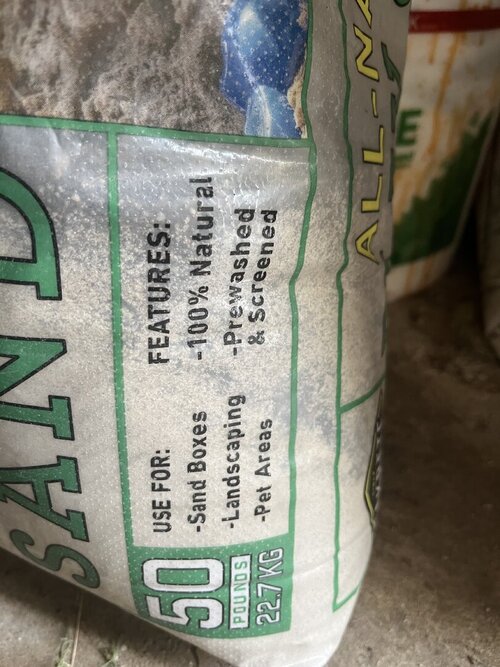elizaann2
Chameleon Enthusiast
Me too. I’ll keep you posted on how her appointment goes with the vet on Friday.You said…”I just don't know if they are the same follicles from the '3rd clutch' she never laid”…I wish I could tell you the answer to that.








